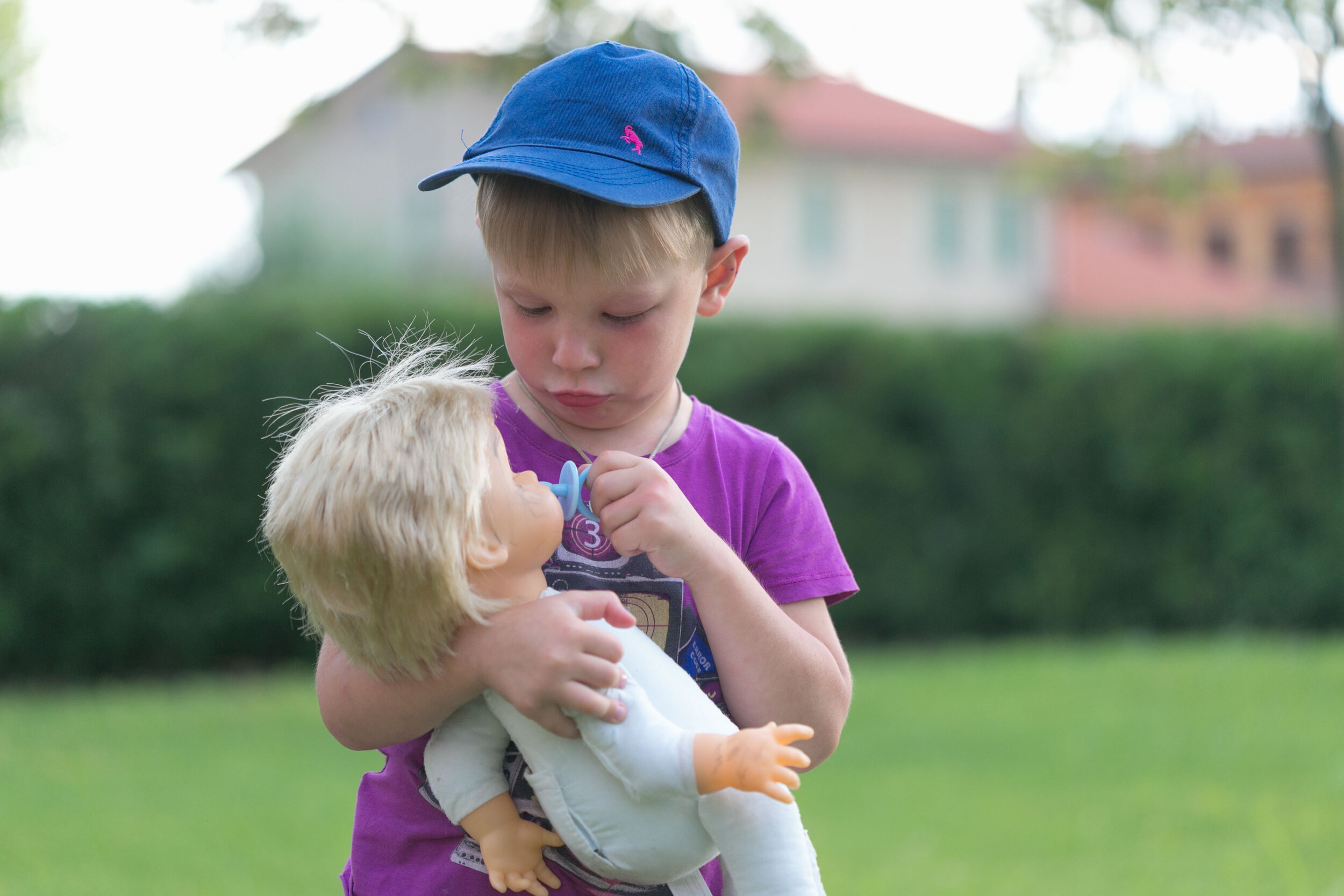LGBTQ+ inclusion could be defined in many ways, but at the heart of it, it’s about ensuring that all members of the school community receive equal opportunities to succeed, regardless of their gender identity or sexual orientation.
Stonewall’s School Report (2017)
Stonewall’s report looked at the experiences of LGBTQ+ young people in Britain and found that:
52% of LGBTQ+ pupils hear homophobic language ‘frequently’ or ‘often’ at school, 36% hear biphobic language ‘frequently’ or ‘often’, and 46% hear transphobic language ‘frequently’ or ‘often’.
The majority of LGBTQ+ pupils – 86% – regularly hear phrases such as ‘that’s so gay’ or ‘you’re so gay’ in school.
Fewer than a third of bullied LGBT pupils say that teachers intervened when they were present during the bullying.
68% of LGBTQ+ pupils report that teachers or school staff only ‘sometimes’ or ‘never’ challenge homophobic, biphobic and transphobic language when they hear it.
53% of LGBTQ+ pupils say that there isn’t an adult at school they can talk to about being LGBTQ+.
One in three trans pupils are not able to be known by their preferred name at school, while three in five (53%) are not allowed to use the toilets they feel comfortable in.
For the full report visit: https://www.stonewall.org.uk/system/files/the_school_report_2017.pdf
Stonewall recommendation
For every young person to be prepared for life in modern Britain, it's vital that their curriculum reflects the full diverstiy of the world they live in. This includes teaching about LGBTQ+ people and themes. A crucial part of tackling this problem is delivering a curriculum that includes LGBTQ+ people and their experiences. The new Relationships Education curriculum aims to do this. However, as well as teaching about LGBTQ+ topics in PSHE lessons, it is important that LGBTQ+ acceptance is embedded into the whole-school ethos.
LGBTQ+ Acceptance and celebration
LGBTQ+ inclusive teaching ensures that LGBTQ+ children, and children with LGBTQ+ families, see themselves reflected in what they learn. This can be through images of diverse family structures around the classroom/school, LGBTQ+ inclusive books in the library, pride celebrations, and reducing heteronormativity and cisnormativity in day-to-day school-life. Not only do these actions provide support for LGBTQ+ children, but they also challenge the preconcieved ideas of society that many ‘majority group’ children grow up with.
Click the images below to access our pages on:
Heteronormativity & Cisnormativity Gender Stereotyping Children’s Books




